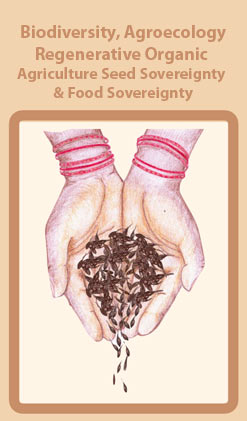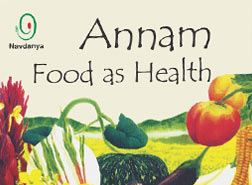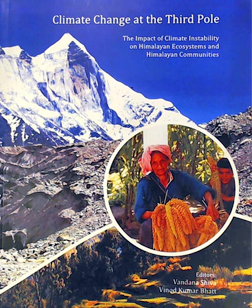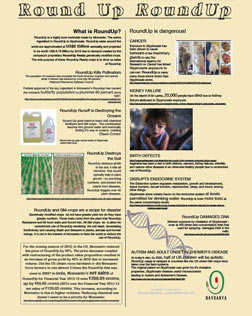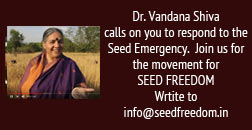Agroecology, which restores ecosystem functioning by maintaining soil health, is an effective strategy to achieve food security in the areas of the world where it is most needed.
Currently agricultural policy is increasingly expected to face the combined challenge of producing sufficient food for a growing population while guaranteeing environmental restoration including soil and ecosystem health. Therefore, policy-makers are more frequently asked how to address the urgent need for soil and environmental restoration when millions of people are still hungry.
Food security and soil degradation
Despite hosting almost all food production, rural areas also hold the majority of the world’s food insecure people.
Currently, about 33 percent of world soils are moderately to highly degraded. Forty percent of these soils are located in Africa and most of the remaining amount are in areas that are afflicted by poverty and food insecurity.
The strong relationship between soil health and food security calls for strategic and immediate actions especially at the local level to reverse soil degradation, in order to increase food production and alleviate food insecurity in the areas where it is most needed and in the context of climate change.
Read More


